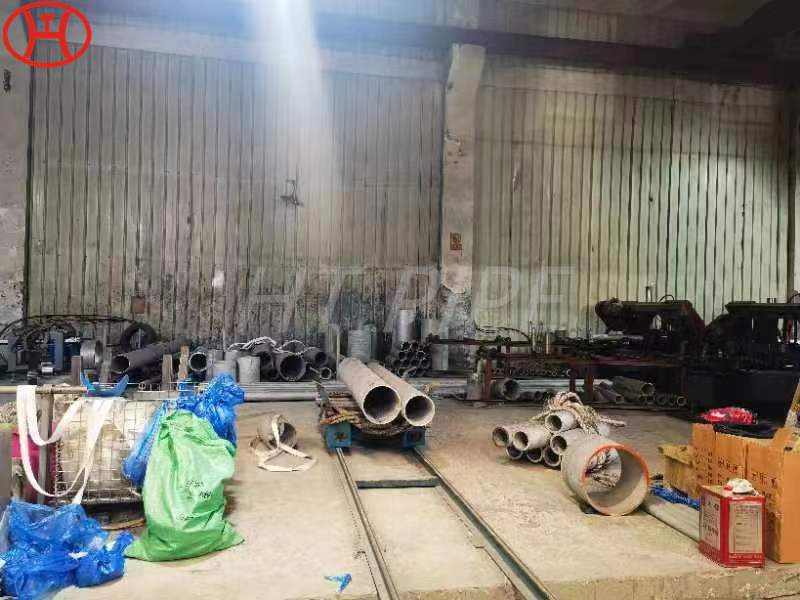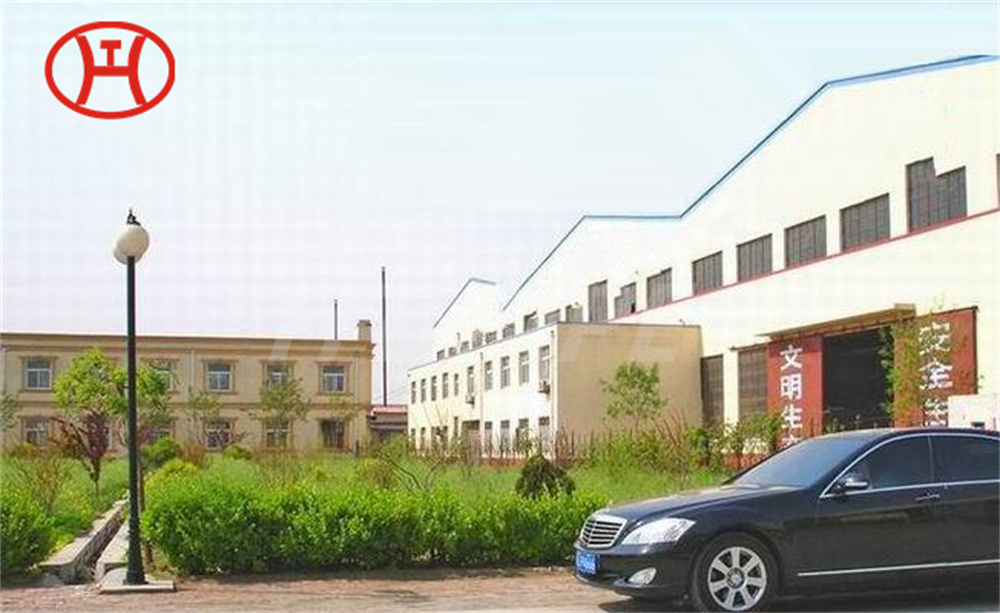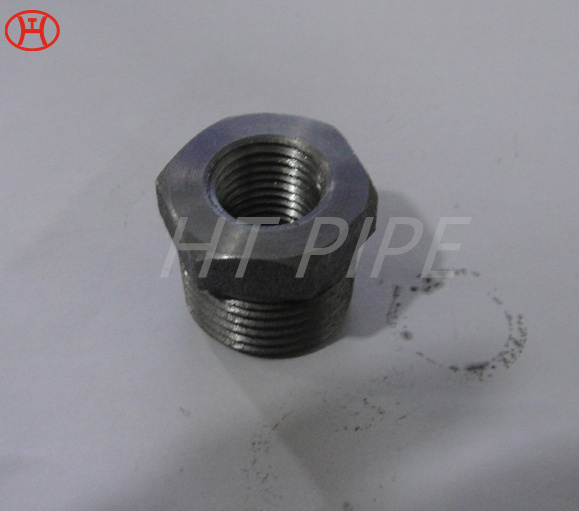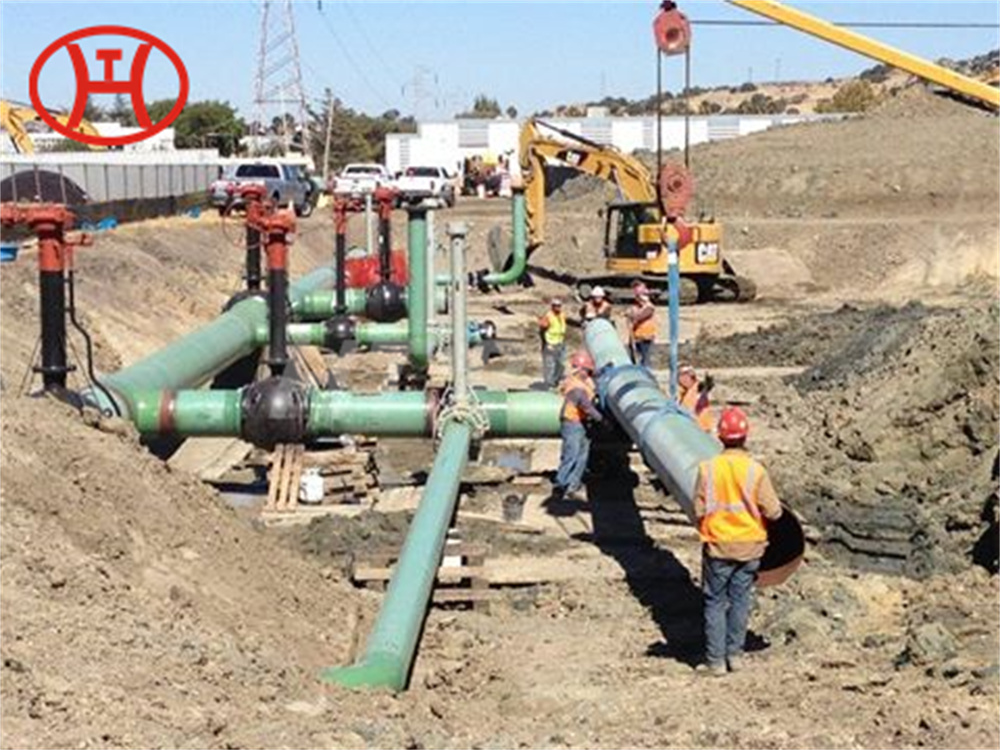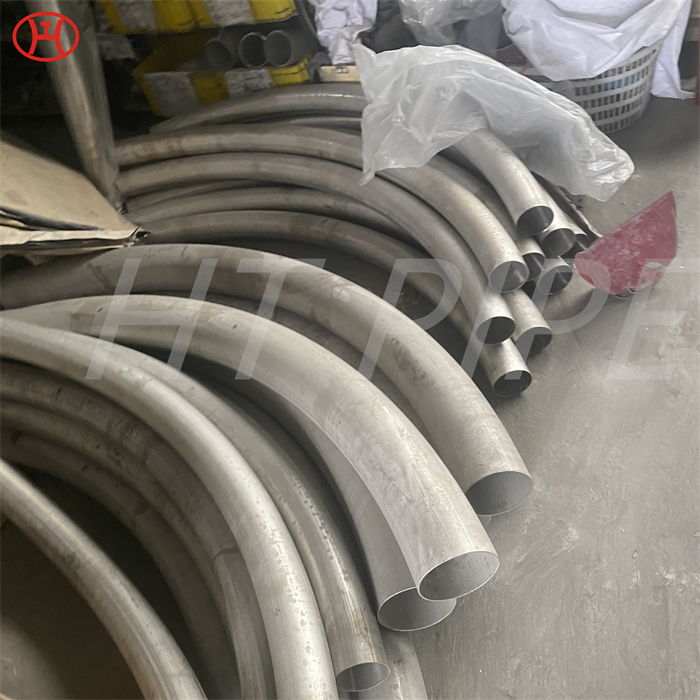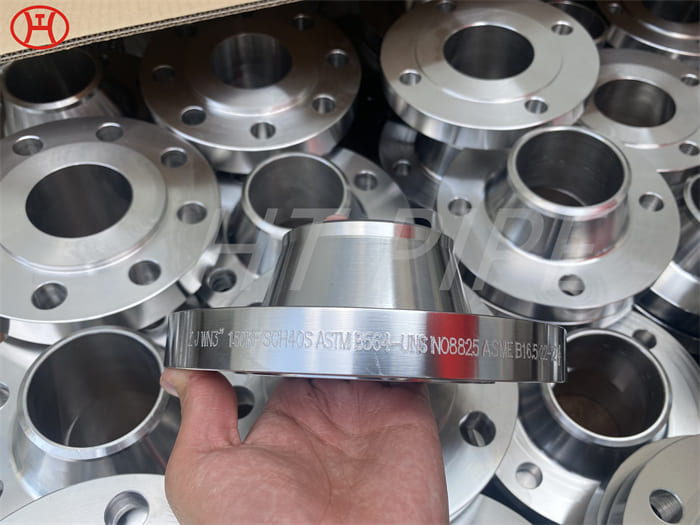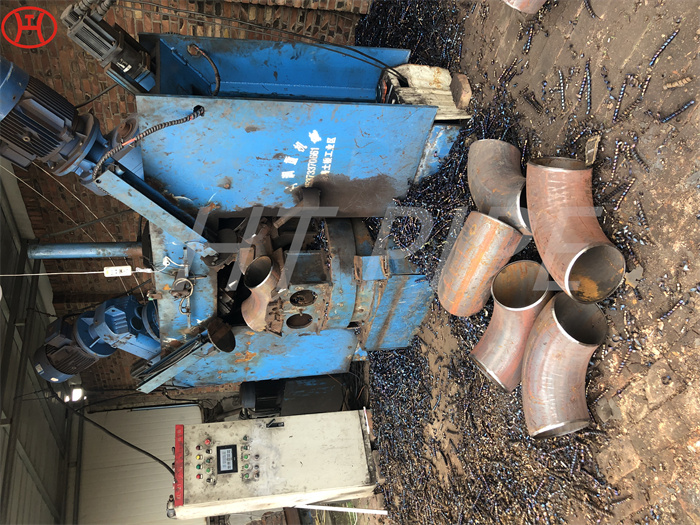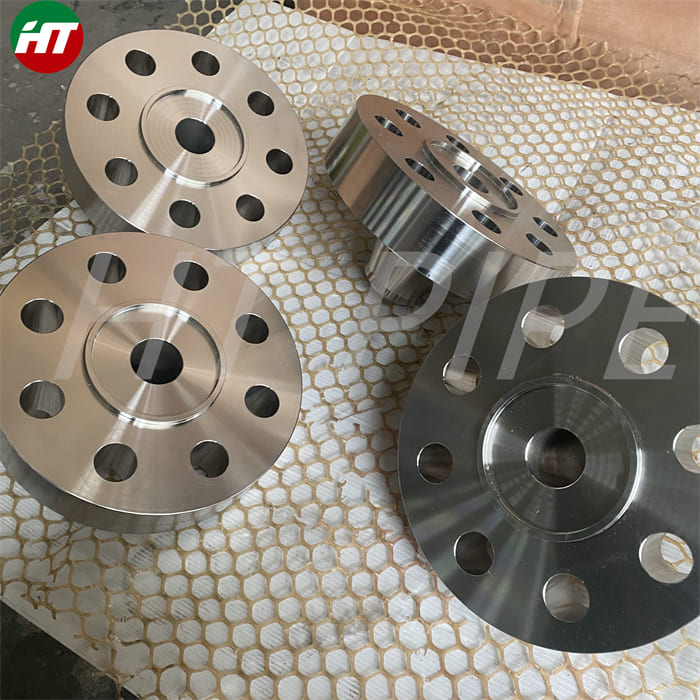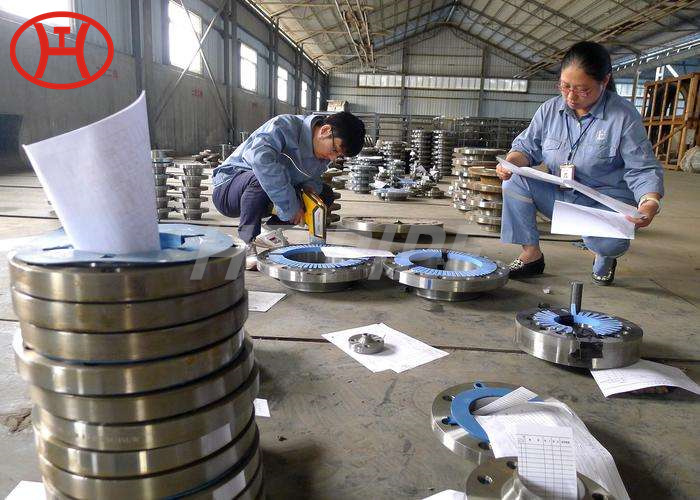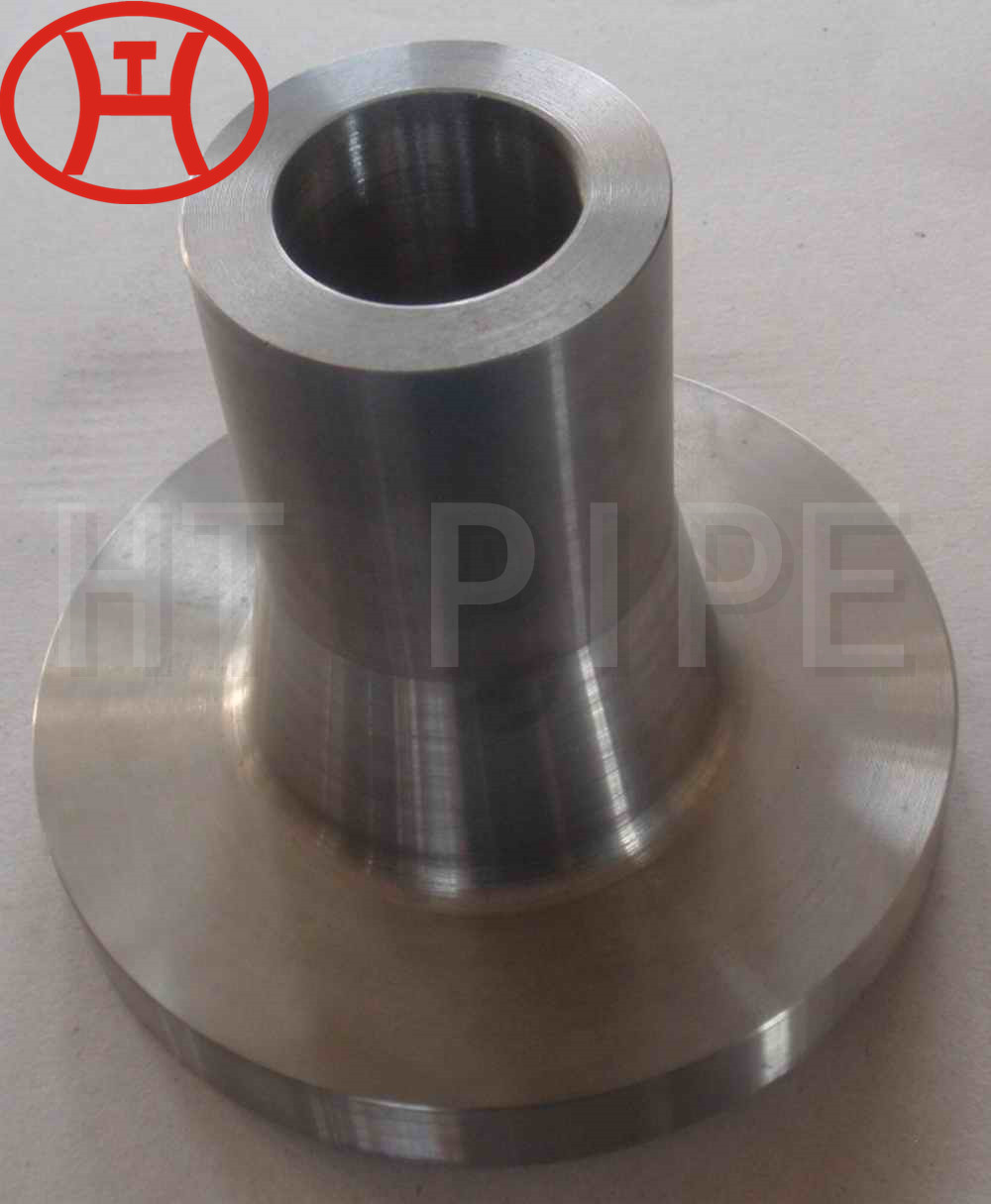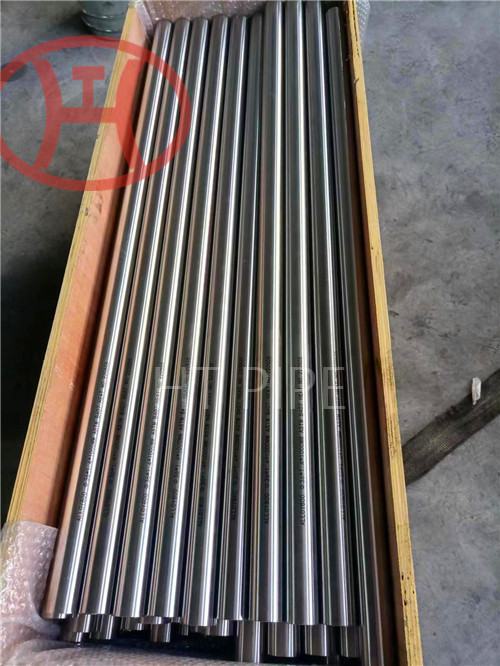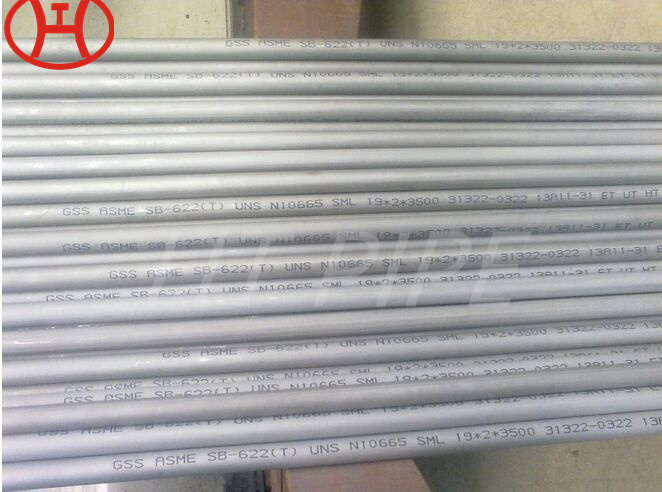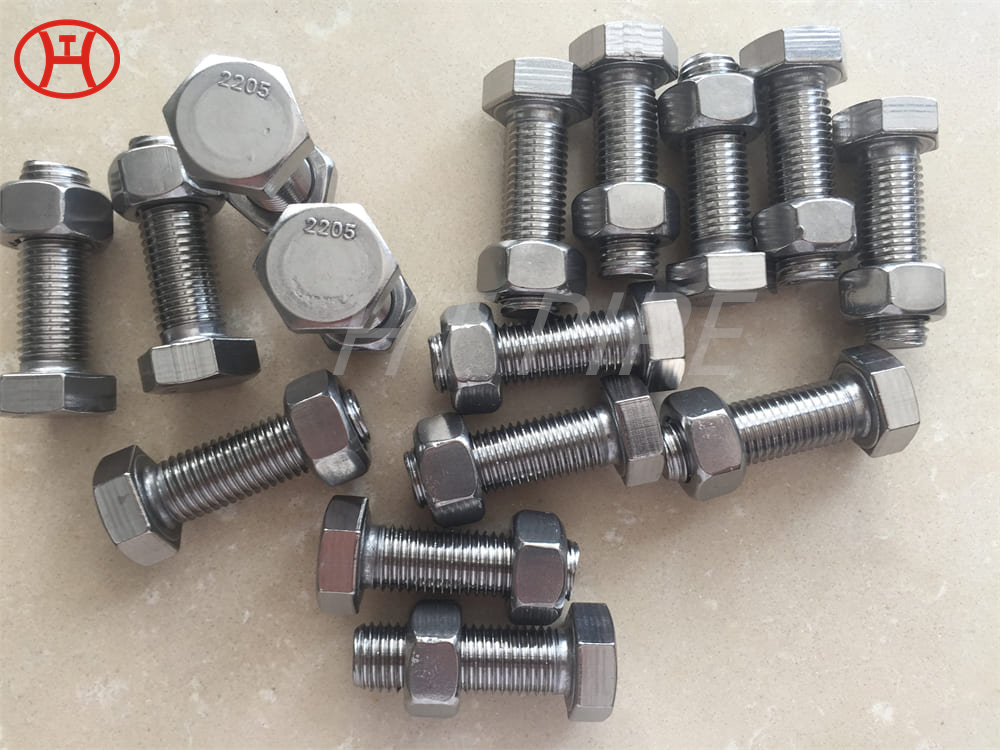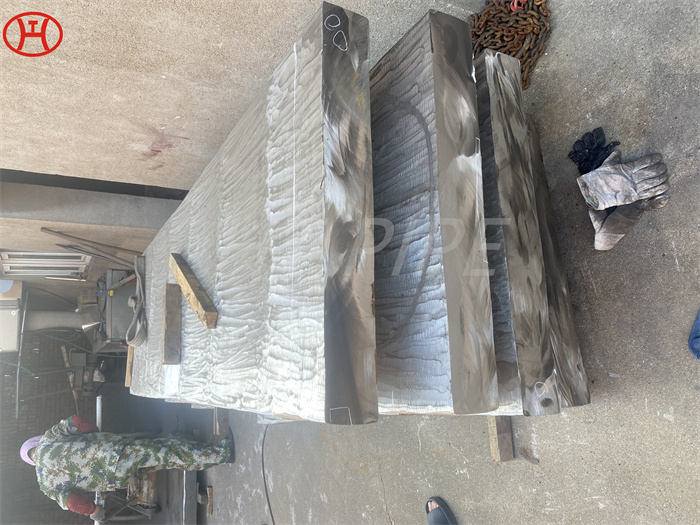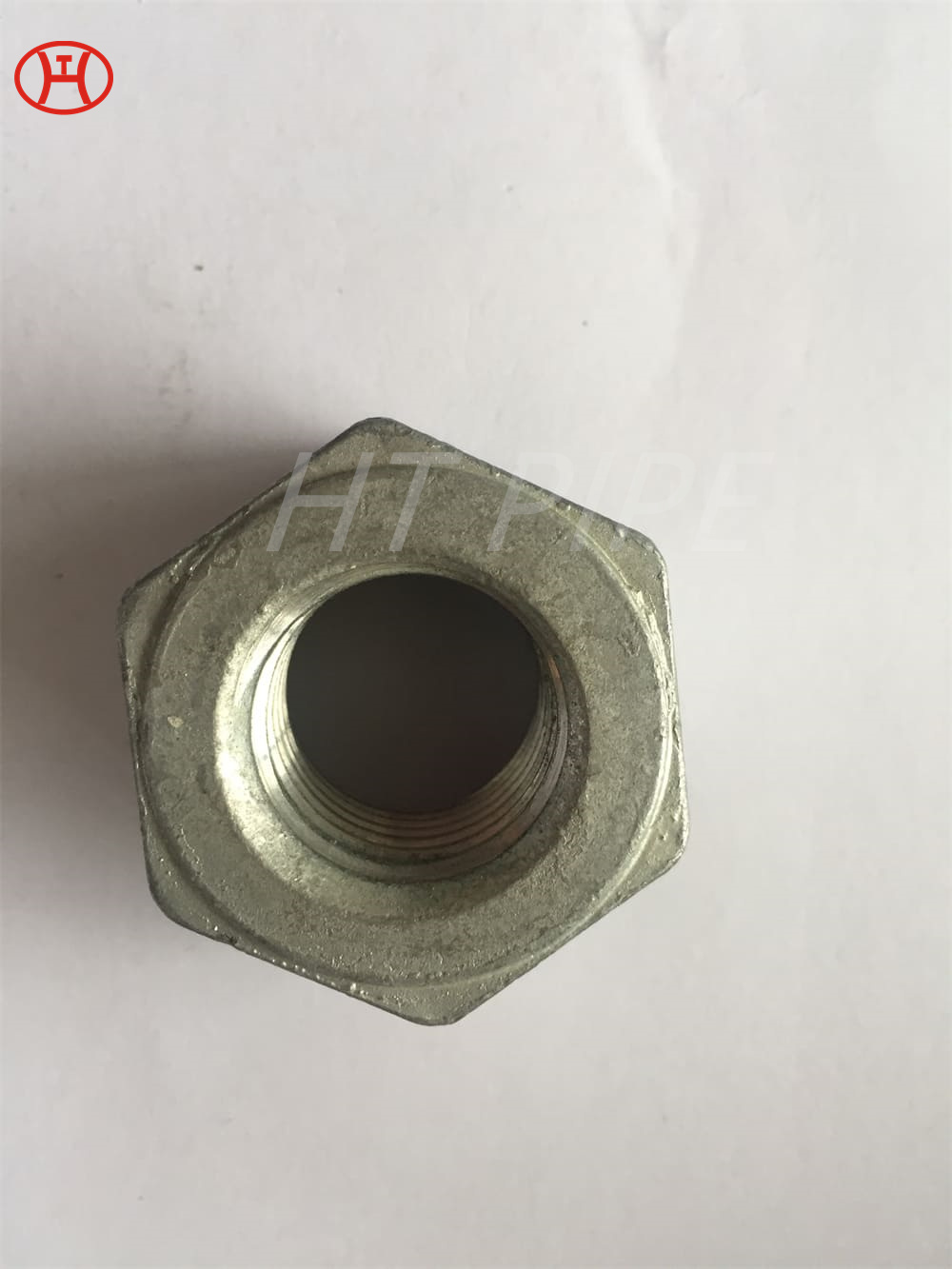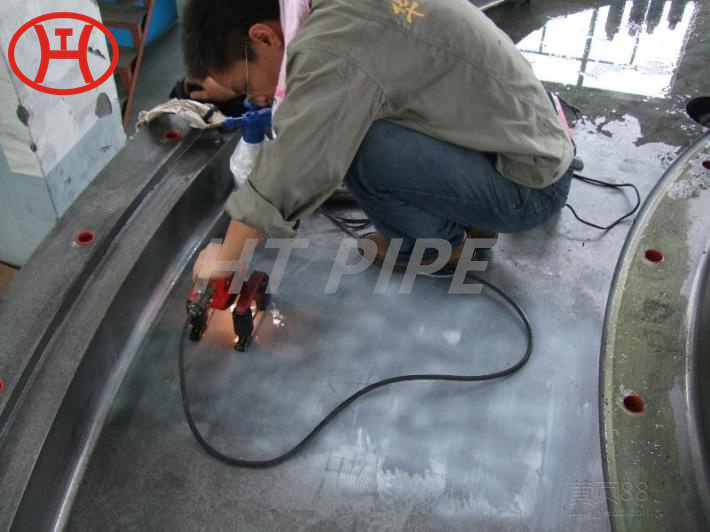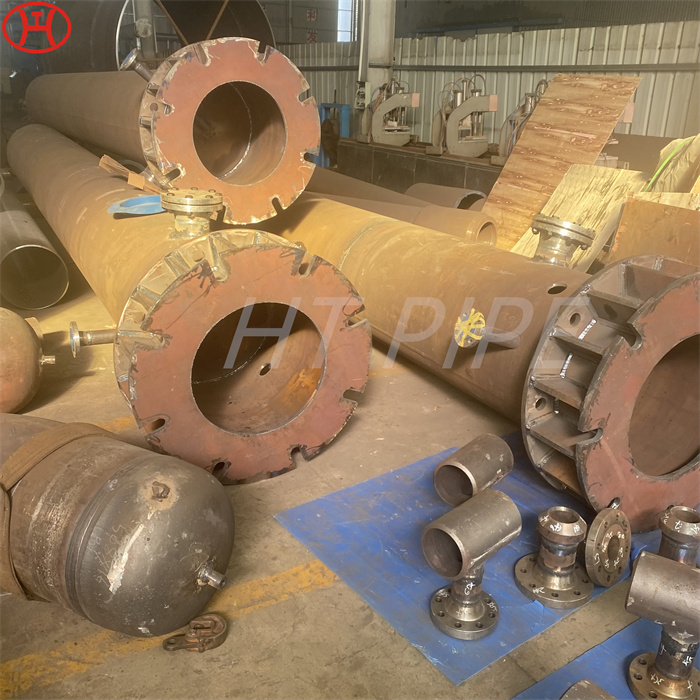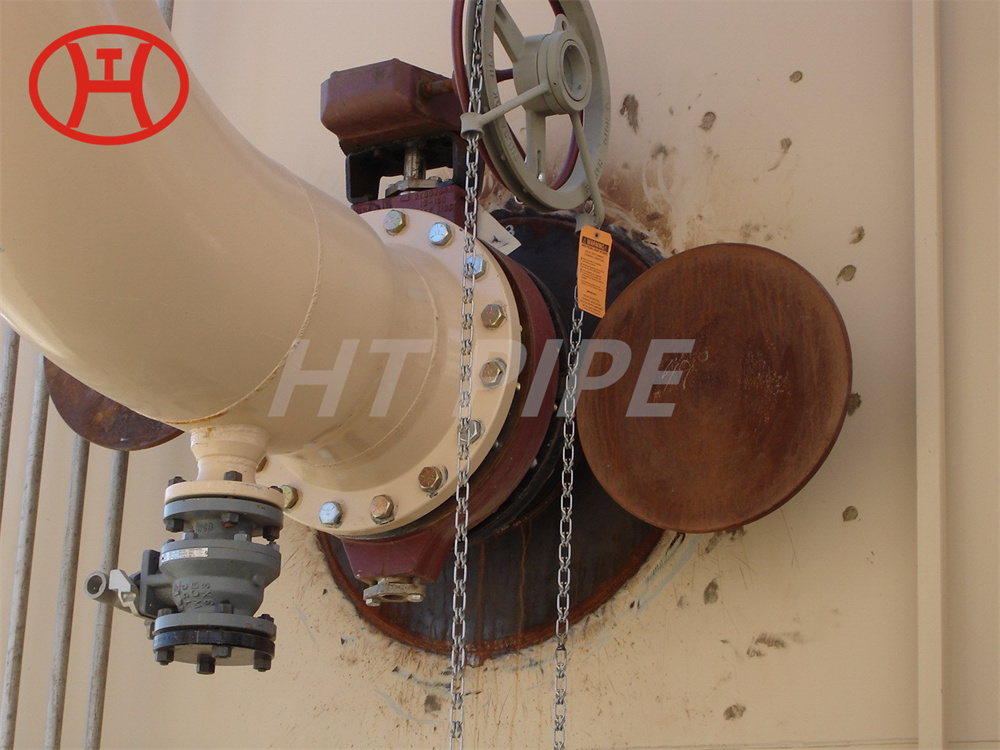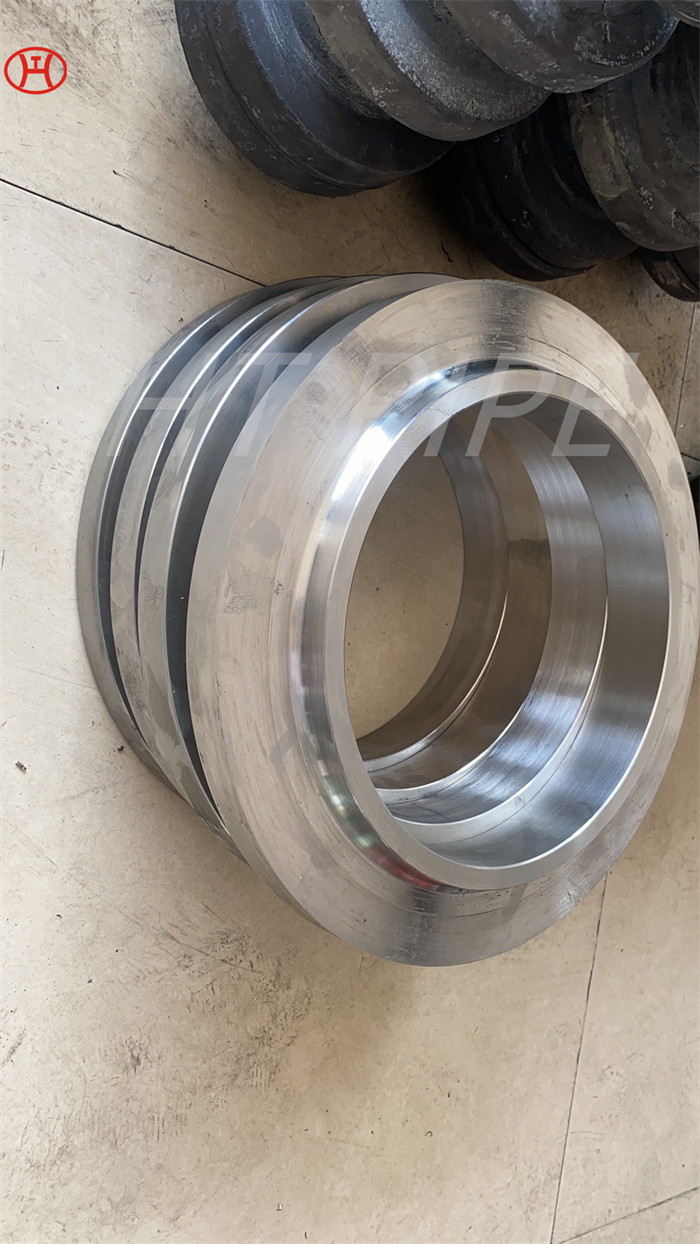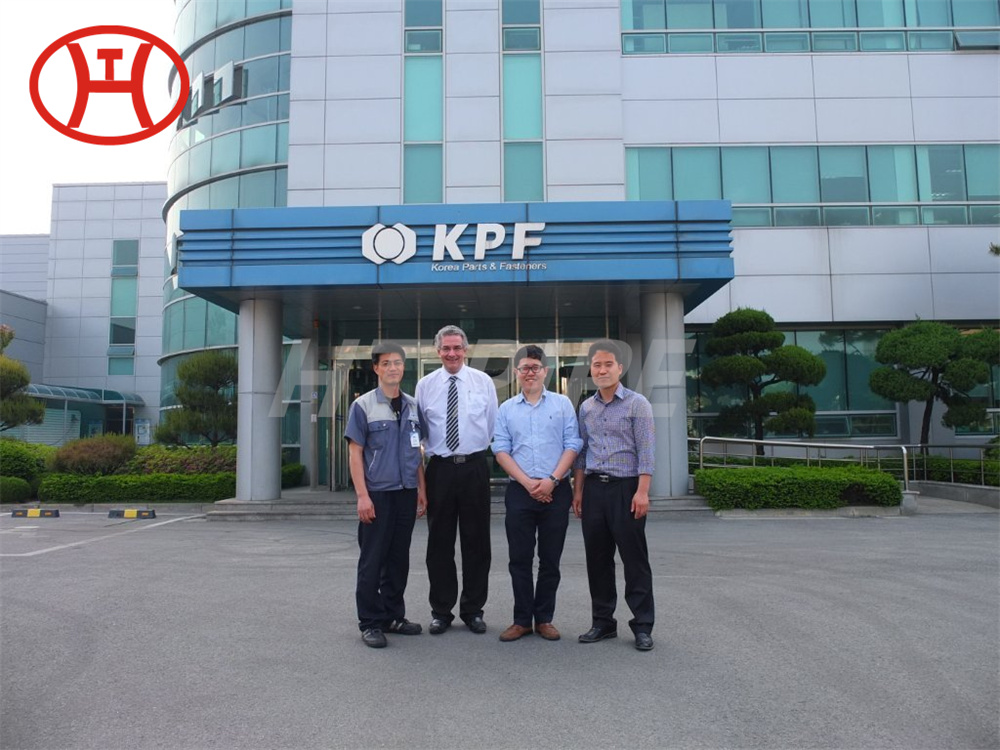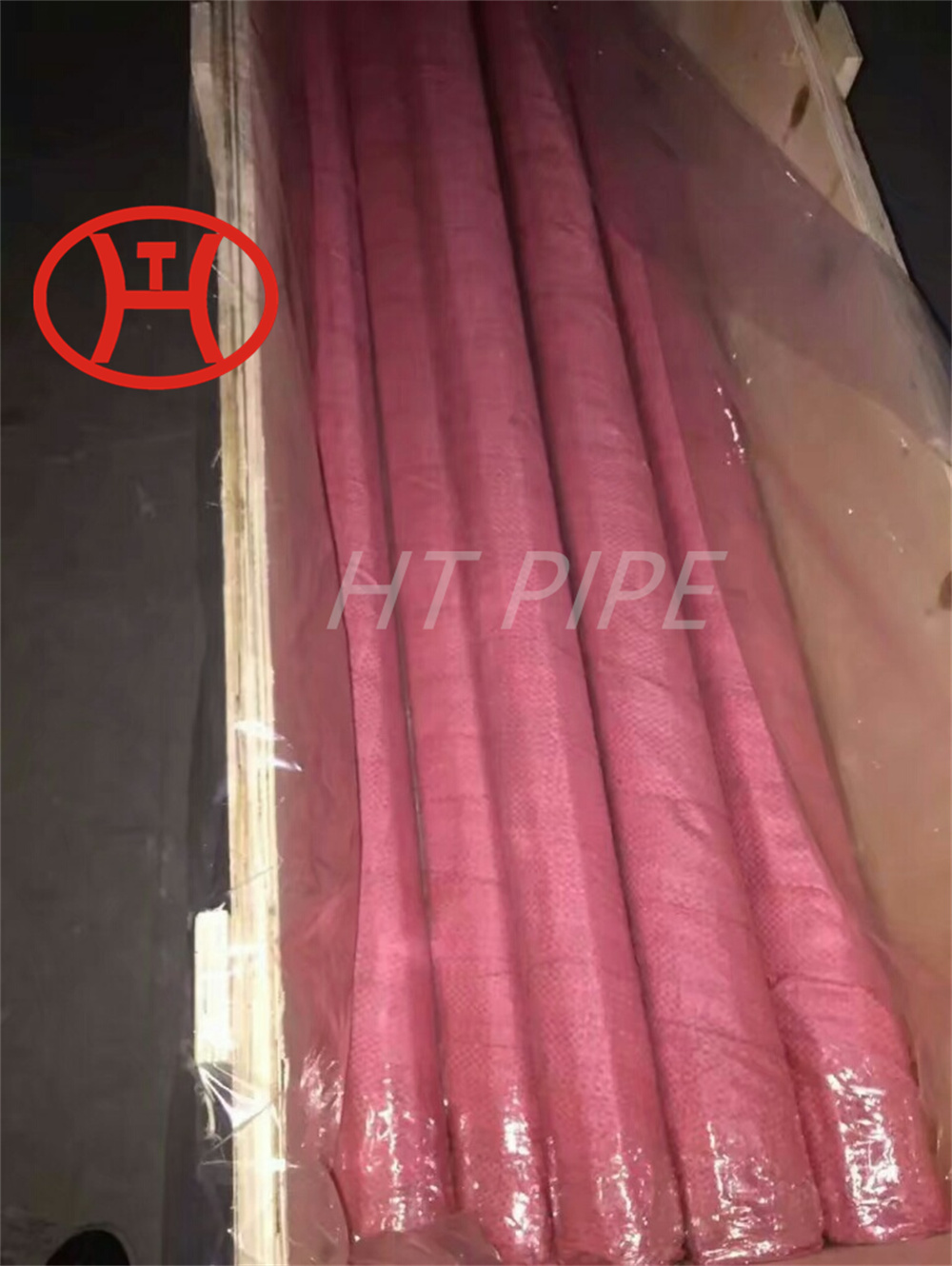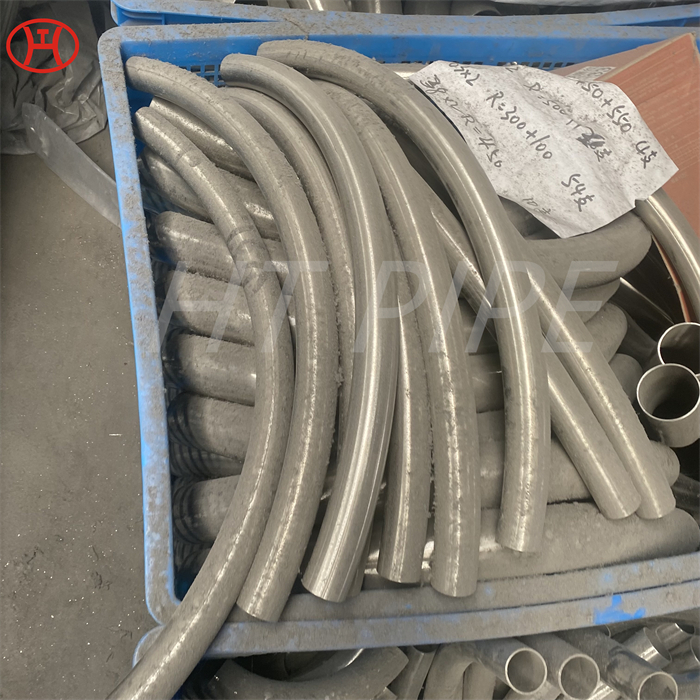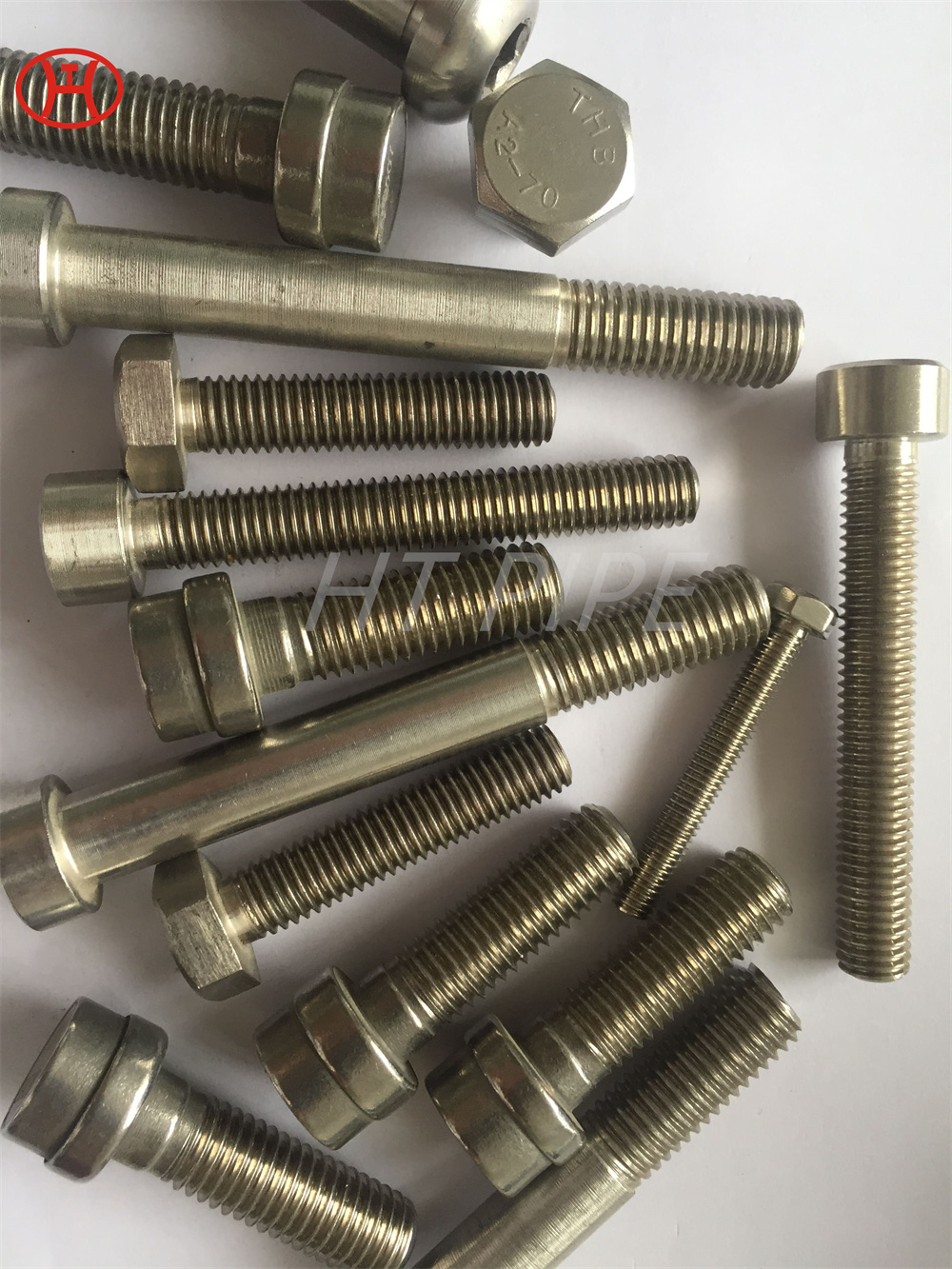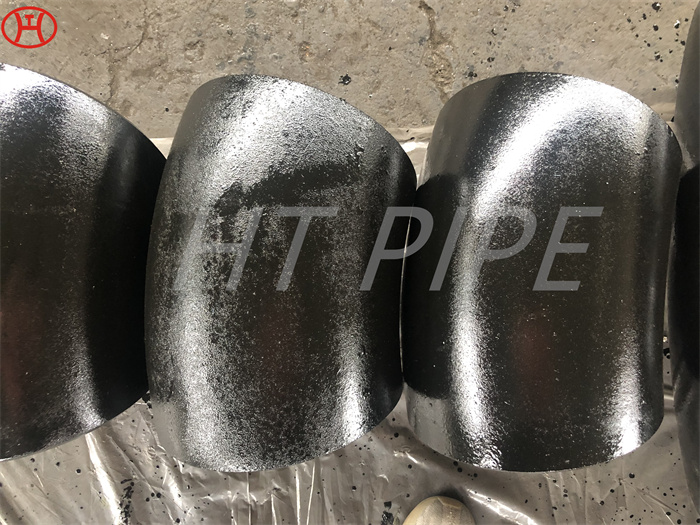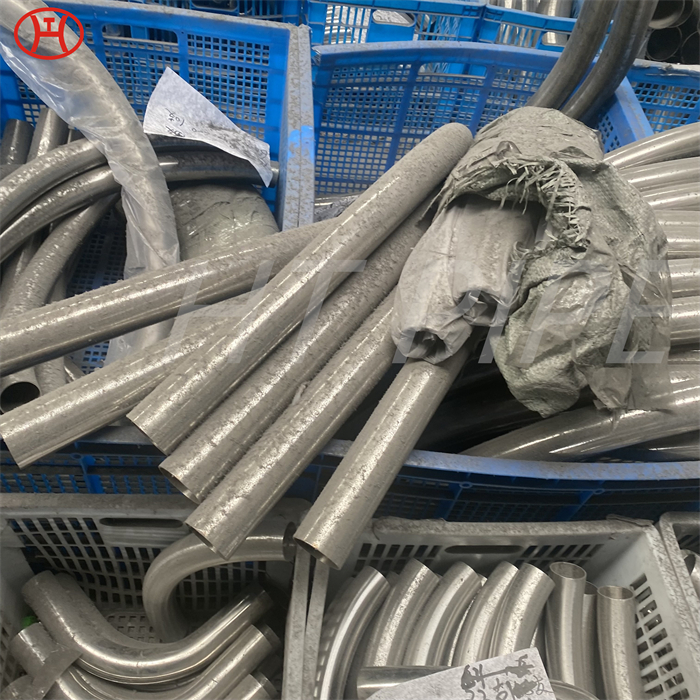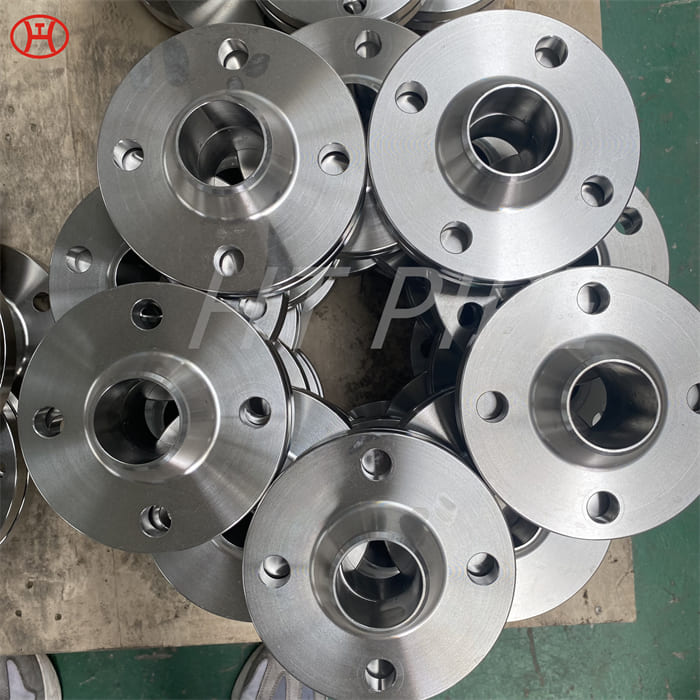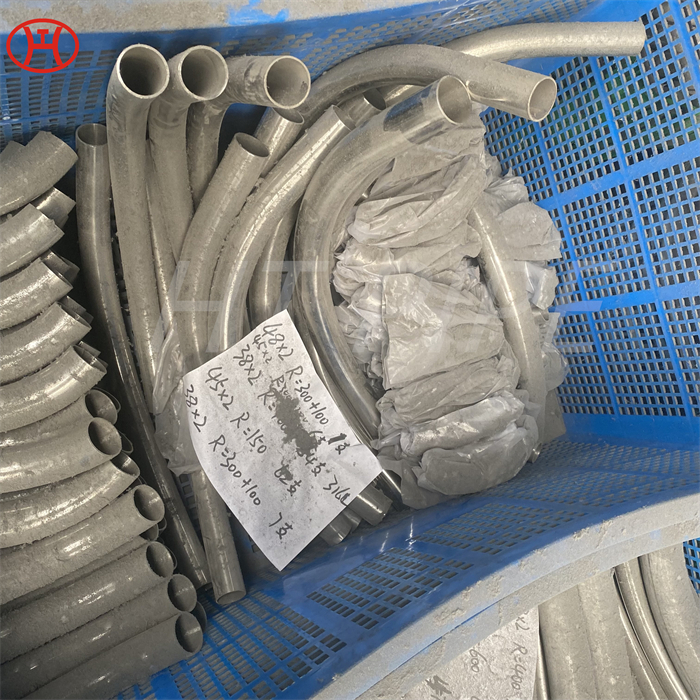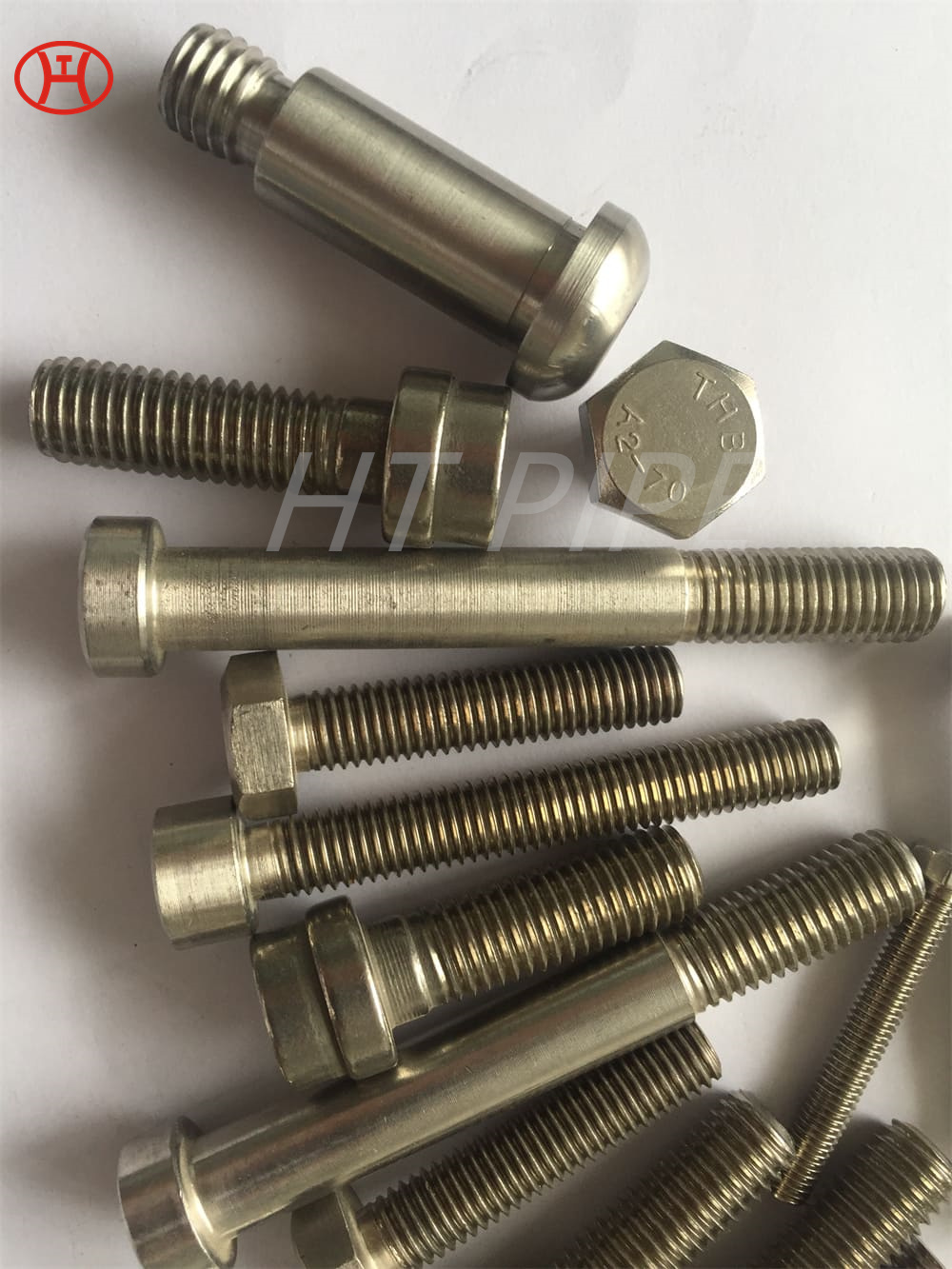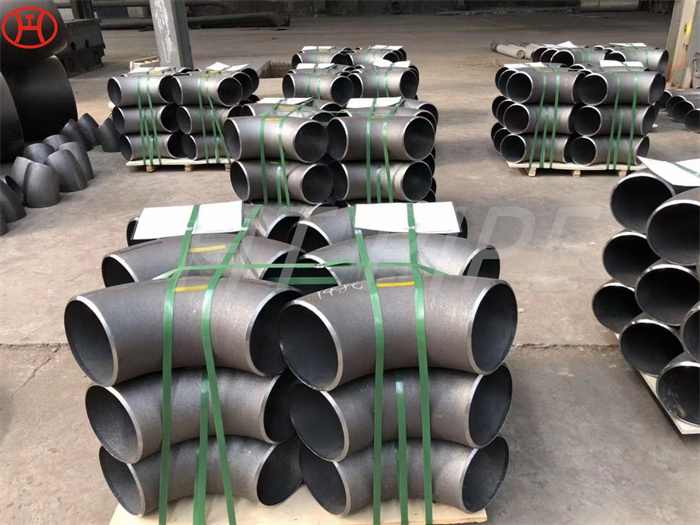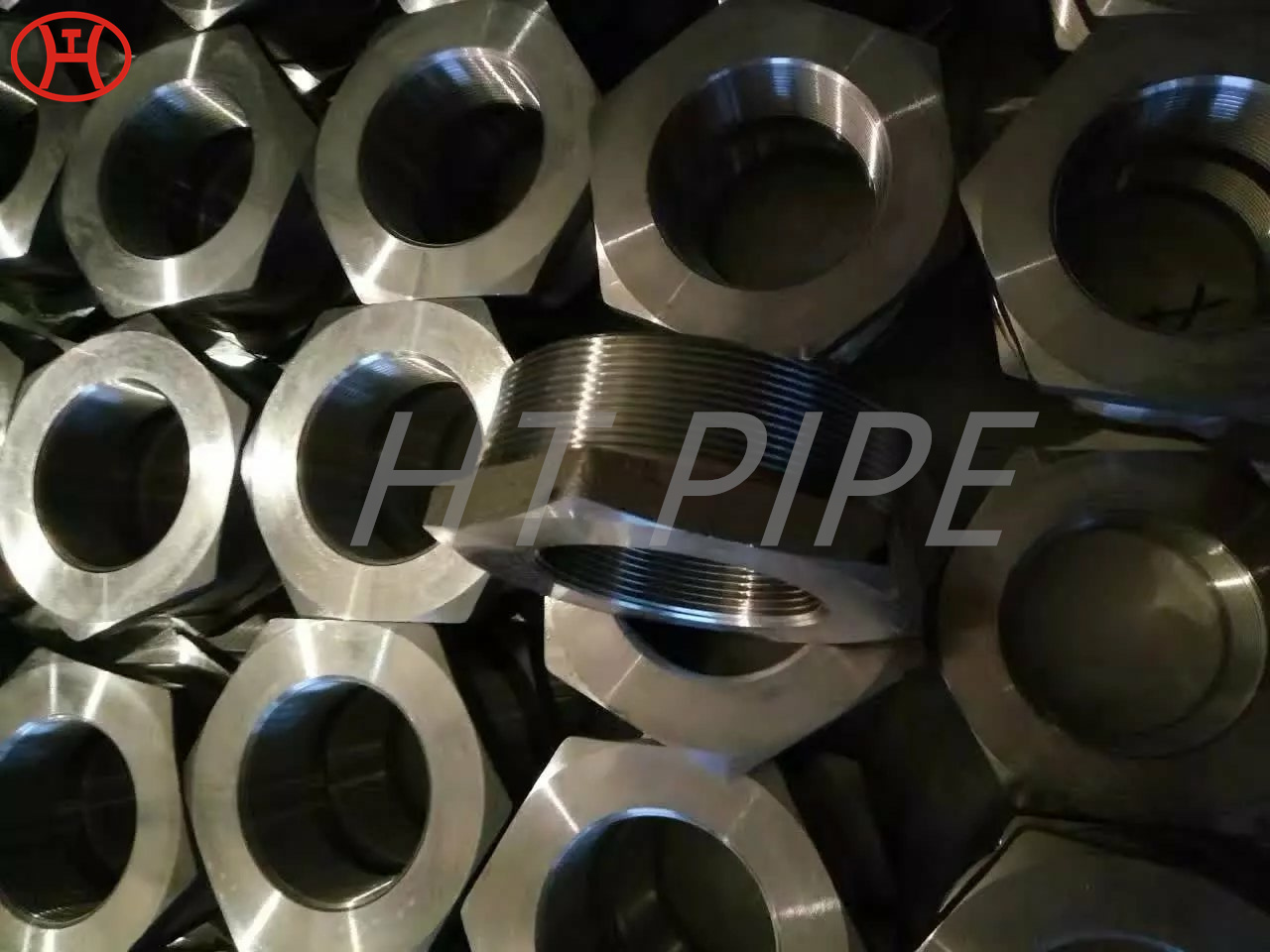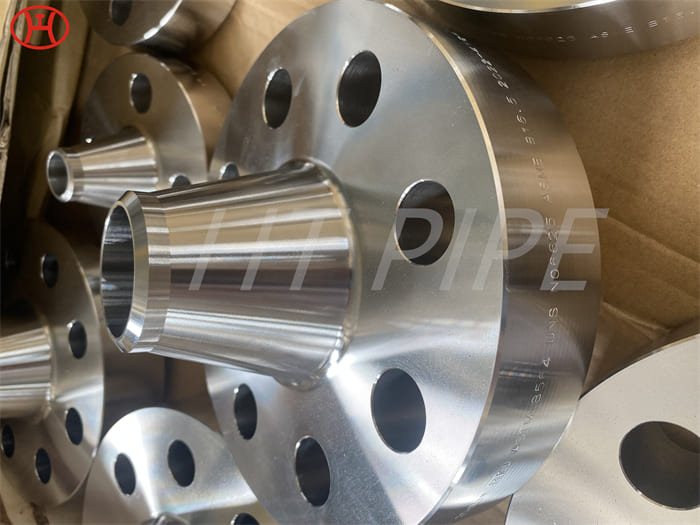tubo acero de niquel hastelloy c276 NiMo16Cr15W
The Hastelloy C276 round tube is manufactured from a high temperature heat resistant alloy, which contributes to its widespread use in the power industry. Whereas, Hastelloy C276 pipe exhibits outstanding properties such as high wear resistance, corrosion resistance and longer service life due to the raw materials used in its processing.
Nickel-based alloys are very useful materials for making high-quality tubular products. One of the key reasons is their excellent corrosion resistance in both waterborne and high temperature applications.
Hastelloy C276 high pressure tubing can also be used in sulfuric acid reactors and organic chloride process equipment. Hastelloy C22 tube thicknesses range from 0.038 inches to 0.141 inches. Hastelloy c22 tubing is resistant to oxidizing aqueous media. ASTM B619 welded pipe is resistant not only to chlorine, but also to solutions containing nitric acid and oxidizing acids containing chloride ions.
Hastelloy C276 Round Tube (UNS N10276) is a wrought corrosion resistant alloy. Hastelloy C276 Seamless Pipe is a nickel-molybdenum-chromium alloy with the addition of tungsten for excellent corrosion resistance in a wide range of corrosive media, especially pitting and crevice corrosion.

